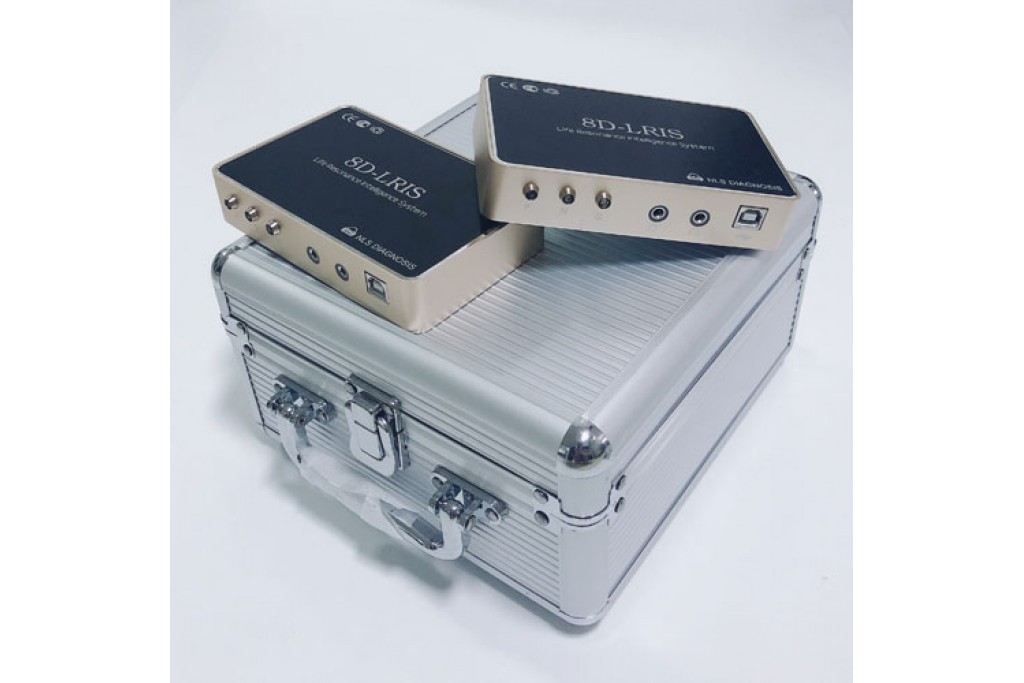3D NLS-method in vascular pathology diagnosis
- Chris
- August 08, 2025
- 84
- 0
- 0
3D NLS-method in vascular pathology diagnosis
The article presents modern principles of three-dimen sional virtual pictures rendering on the basis of NLS method data. It gives a generalized evaluation of diagnostic efficiency of 3D NLS-graphy for revealing vascular pathology in comparison with angiography.
Today there is a world-wide tendency towards a steady rise in death rate caused by occlusive vascular diseases, especially by cerebrovascular disorders which are in the third place among death causes1,2. This is due to a growing number of elderly and aged patients. From another point of view, many individuals even at 40 have atherosclerotic lesion of great head arteries and so need to be under clinical observation.
The most simple and at the same time infor mative method of noninvasive diagnosis of occlusive lesion of peripheral vessels appeared to be the 3D NLS-method, which has been in clinical practice just in recent years1-4. Using this method, we can evaluate the condition of certain sections of great vessels in low extremities and that of brachiocephalic vessels5-8.
It is possible to investigate not only the condition of vessels but also the condition of the valvular ap paratus of deep veins5,6. 205 patients were examined in 2010-2011 in order to reveal valvular insufficiency of deep veins affected by varicosis. The patients were from 20 to 69 years old. Among the examined patients there were 52 men (25.4%) and 153 women (74.6%)3. The investigation was carried out by means of “Meta tron” apparatus using digital trigger sensors with a frequency of 4.9 GHz and a feature of three-dimen sional visualization of organs and tissues. Valvular insufficiency of the femoral vein was revealed in 63 patients, and insufficiency of both femoral and po pliteal veins was diagnosed in 87 patients. 3D NLS enables to assess the condition of the valvular appar atus of deep veins in low extremities on a noninvasive and objective basis which is very important for the surgery tactics to be chosen and can be used as an alternative to phlebography9,10.
The spectral-entropic analysis method of the NLS signal (SEA) has no contraindications and in terms of informativeness is comparable to angiography. It can be used to perform screening in the course of initial examination with a view to revealing early or latent forms of vascular pathology and also as a preliminary method for selecting patients for angiosurgical treat ment as according to a number of specialists-angio logists, angiography should only be done for candi dates for surgery picked out after preliminary 3D NLS- investigation. However, this method does not make it possible to assess volume characteristics of the blood current because 3D NLS does not enable to provide real vessel imaging and hence to measure the vessel. This kind of information may be received through Doppler systems with two-dimensional imaging which offer duplex and triplex scanning (the so-called Doppler chromatic charting)11-13.
The 3D NLS-method was developed in 2006 and can play an essential part in vascular pathology diag nosis. The main advantage of the 3D NLS-method is that it facilitates search, makes it easy to locate vessels and enables to easily differentiate vessels from non vascular structures, arteries from veins and very accurately reveal signs of disturbed vascular per meability caused by stenosis or occlusion of the vessel lumen by an atherosclerotic patch or a thrombus which are generally not visible with conventional angiography alone.
In addition, the 3D NLS-method makes it possible to diagnose portal hypertension, its extent and the permeability of Porto-systemic shunts. NLS is very sensitive in determining the extent of peripancreatic vessel involvement with pancreas cancer which is essentially important for the choice of tactics for surgical treatment. NLS makes it possible to determine affected renal vessels (both veins and arteries), which is very important for the correct choice of hypotensive drug in the case of arterial hypertension1-4.
Some effective hypotensive drugs, such as inhi bitors of angiotensin-converting enzyme (ACE) –ca poten, enalapril, berlipril, and others–, are widely used but they have contraindications with renal artery stenosis. So physicians should bear in mind that it is necessary to check for stenosis before prescribing this kind of medicine. The 3D NLS is likely to be the choice method in this case1-4.
The 3D NLS-method is indispensable for differential diagnosis of benign and malignant hepatic diseases. Its sensitivity is comparable with the potentialities of conventional or digital angiography and CT with am plification. In addition, the NLS-method is much cheaper, simpler and more accessible. It can be em ployed directly at the patient’s bedside if required.
The 3D NLS-method may be used in ophthalmology to check ocular hemodynamics before or after surgical intervention14, in obstetrics to reveal the disturbed blood current in umbilical cord arteries with a view to diagnosing a delay in fetus development and pre dicting an unfavorable perinatal outcome.
Still another potentiality of the 3D NLS-method is cranial scanning which enables to reveal intracranial hematomas, aneurisms, cysts and tumors in the ence phalon7-11.
Those are by no means all the potentialities of the 3D NLS-method. To sum it up, the 3D NLS-method is one of the most dynamic techniques and within the next years some new discoveries are likely to be expected of it.

